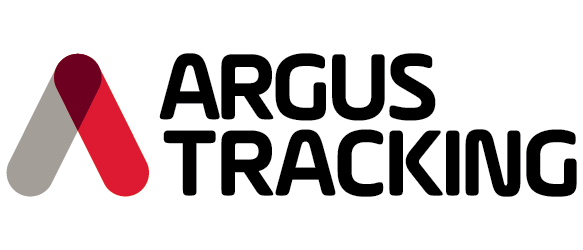Argus Tracking Eases Renal Patients’ Arduous Journey
The road to dialysis is hard enough without transport difficulties, so Northland DHB’s renal unit softened the journey for its patients by installing Argus Tracking.
Dialysis day is a long day for Northland’s renal patients. Three times a week, chronically ill patients from the Far North need to be transported to Whangarei Hospital. They are picked up from Kaitaia at 9.30 am, arrive in Whangarei at noon, and leave for home again at 7 pm. Removing uncertainty from their tiring journey was a primary motivator in the Northland District Health Board’s decision to install Argus Tracking.
“Until last year, renal transport was contracted out to a private company,” says Renal Transport Coordinator, Rhea McDonald. “Then the DHB looked at the costs of bringing the service back inside the hospital. The savings were massive, so we took over vehicles from another company and installed Argus Tracking at the same time.”
“Our drivers are still getting to grips with the units in their vehicles, but we can plot their routes for them. If they get lost, they ring us and we know exactly where they are stopped. We can talk to them directly without them having to be on the phone.”
Northland’s aging population, many of them Maori, has a particularly high incidence of Type II diabetes which can lead to renal failure. Almost 200 patients in the area use some form of dialysis, so providing efficient transport to the renal dialysis centre is essential. “We use Argus Tracking to find out where our drivers are if they are on time, and when they will be back,” says McDonald.
“Coordinating drivers to get patients to the right hospital units and home again is vital. Most trips are local to Whangarei, Kawakawa and Kaitaia, but the chronically ill have to be brought in by van to Whangarei Hospital to see renal physicians.”
“Busy drivers no longer need to write down the details which are needed for National Transport Assistance,” McDonald says thankfully. “With Argus Tracking, I can pull the reports from the system.”
“We had the odd driver who liked to exaggerate hours,” she recalls, “but now we can compare daily timesheets with the GPS printout. Staff sometimes work long shifts up to 12 hours and they realise they need to be careful. We can check what they should or shouldn’t be doing.”
Assisting patients in and out of their homes, in and out of vehicles, and in and out of the renal dialysis centres gives renal transport drivers lots to do at the start and finish of every journey. Add in the loading and unloading of wheelchairs and walking aids, and it’s no wonder that travel details were not always accurate before the Northland DHB committed to Argus Tracking.
Since then, the renal unit has come to depend on the data provided by Argus Tracking. “It’s vital for budgets and spreadsheets,” says McDonald, “and we have become reliant on knowing exactly where our cars and vans are. It’s important we don’t lose connection with them, especially our disability van which carries passengers throughout Whangarei all day.”
“Argus Tracking has been good when we’ve picked up problems,” concludes McDonald, “and we’ve been happy with their customer service. If engineers are unable to fix a faulty device, they promise to replace it. Installing Argus Tracking has helped to coordinate our drivers, and the renal unit is using it to its full potential to improve daily transport services for our patients.”



